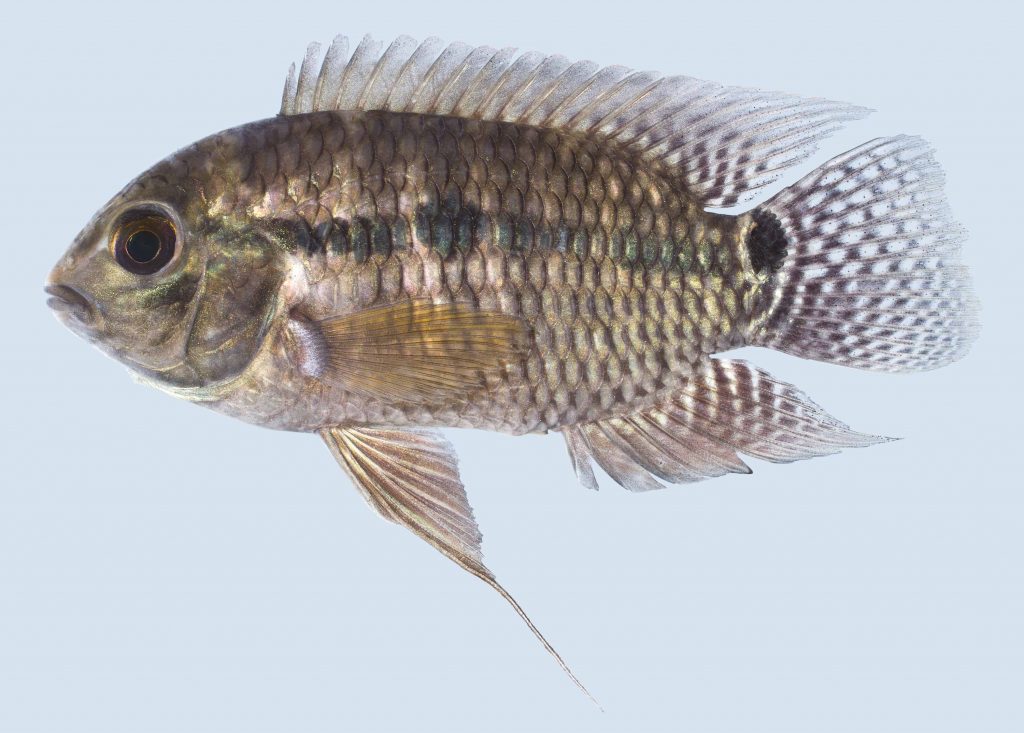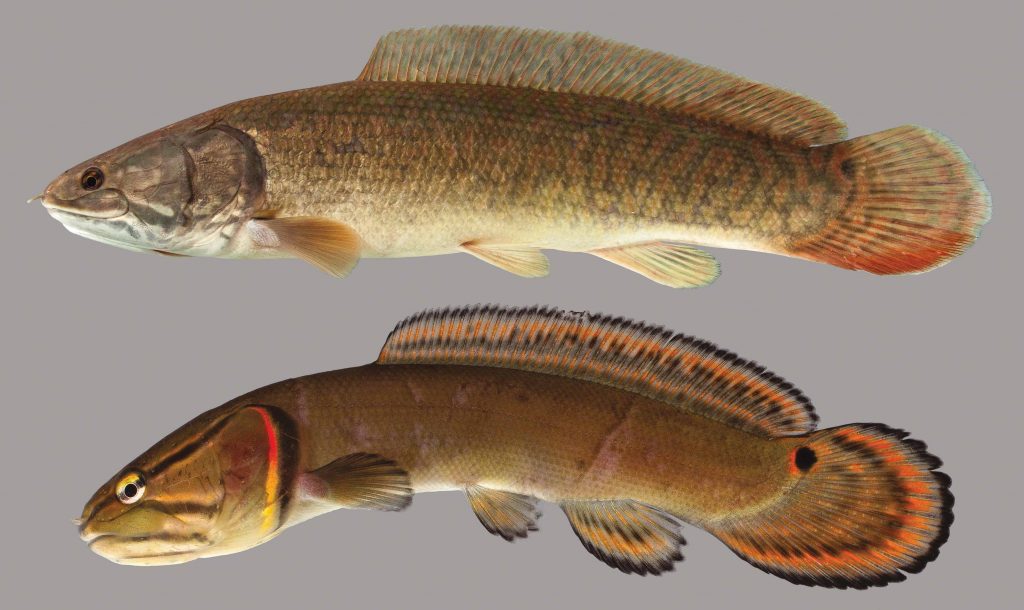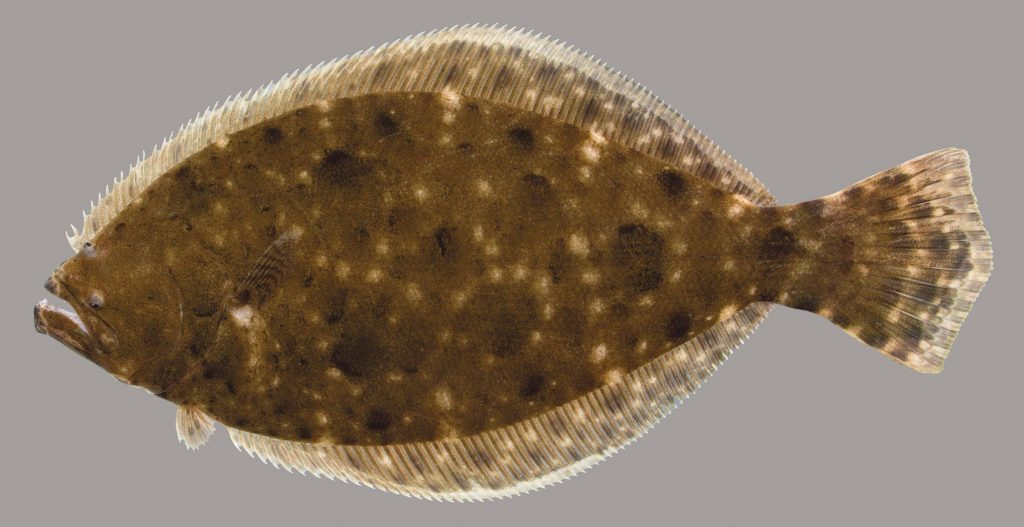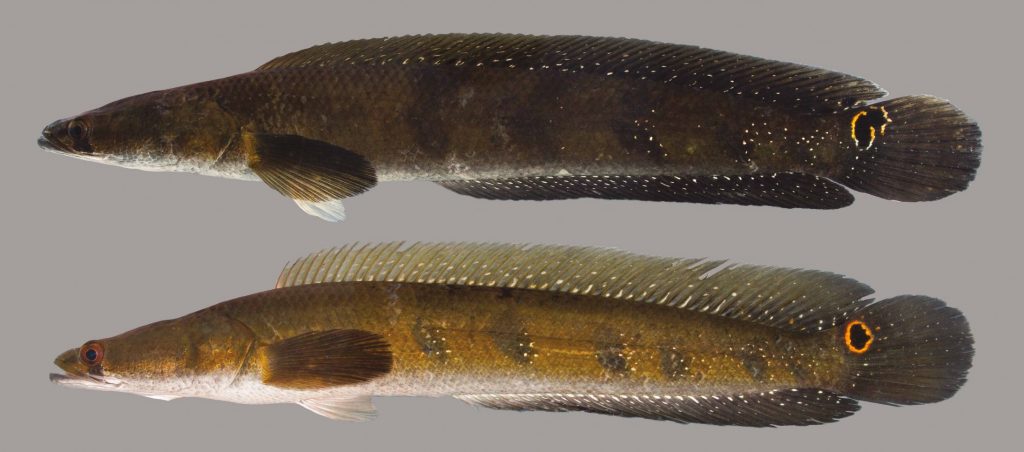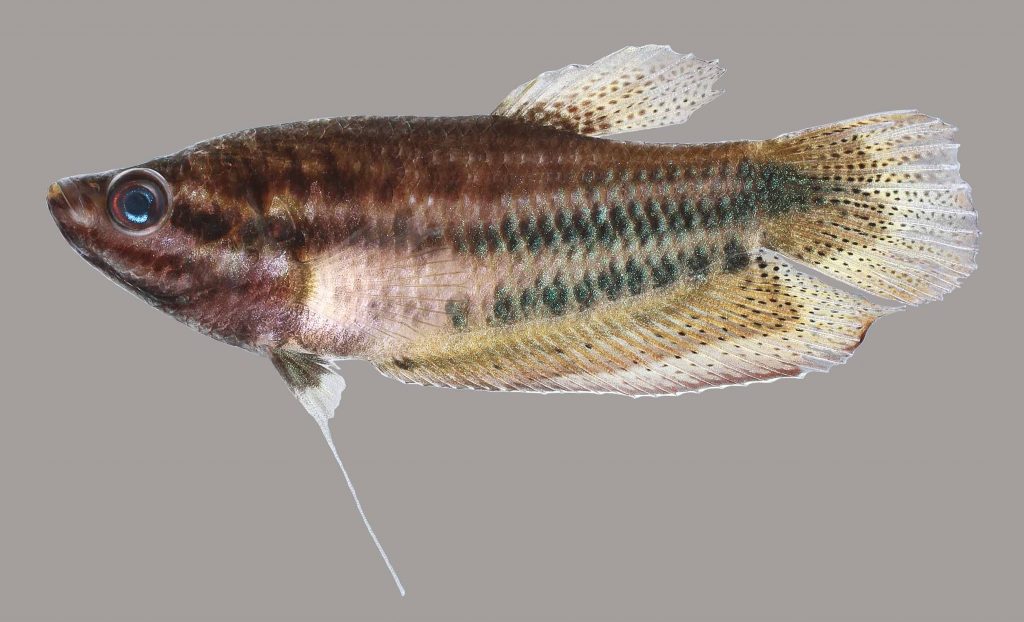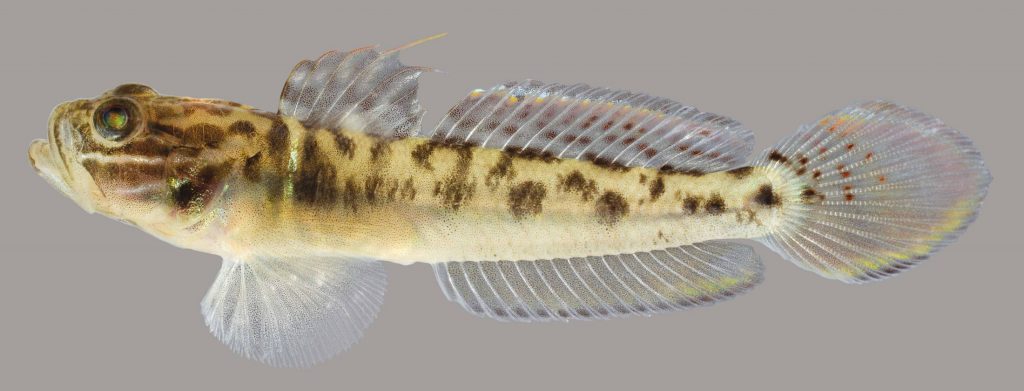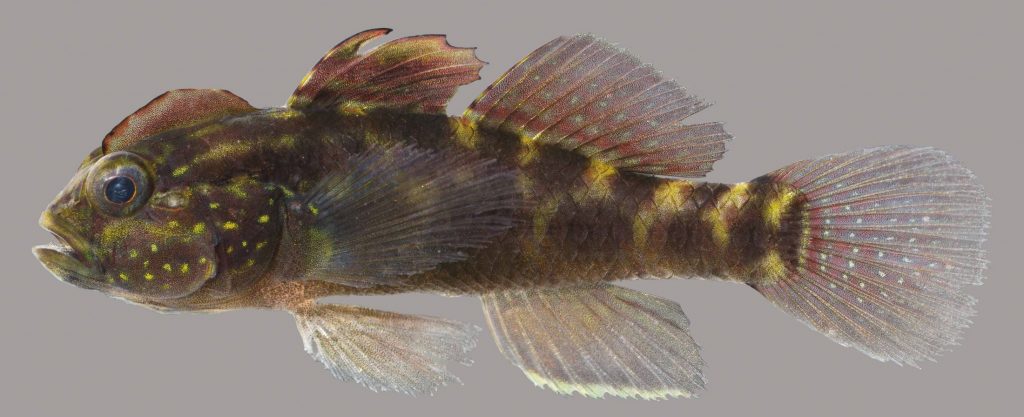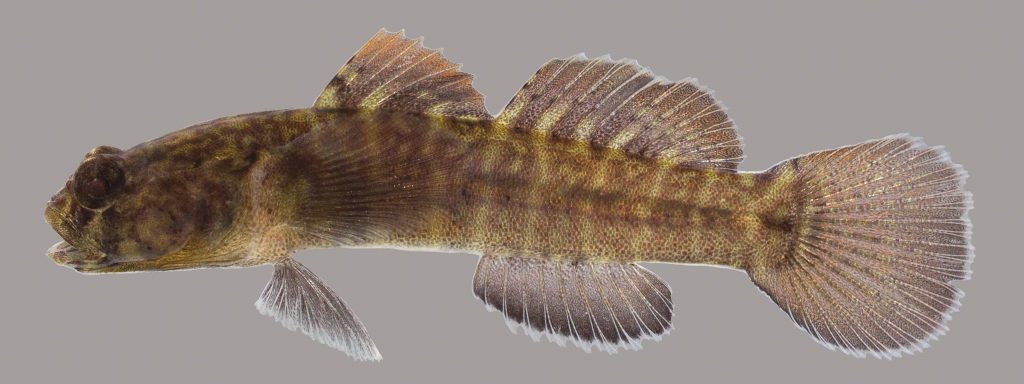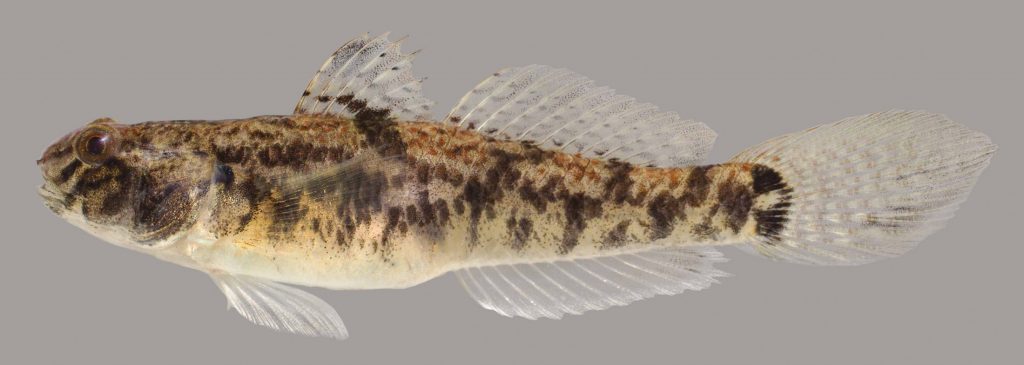This searchable gallery includes 220 entries of Florida freshwater fishes, each with a live image, key characteristics for field identification and habitat description.
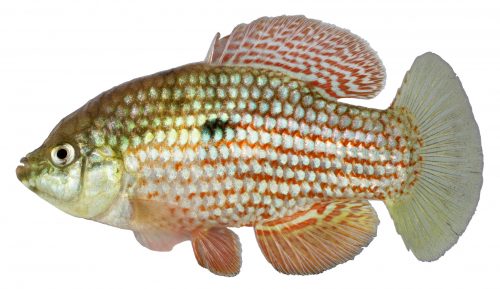
The information is based on the “Fishes in the Fresh Waters of Florida” guide and atlas written by Florida Museum ichthyologists and published by the University Press of Florida in 2018. This book is available for purchase on the UPF website, and includes dot distribution maps and comparisons to similar species.
Use the search field below for specific inquiries, or sort fish based on families, key features, region, status or specific drainages in which species are found. Or, browse all species below.
All images subject to copyright. Non-Florida Museum photographers must be contacted directly for permission to use their images.
